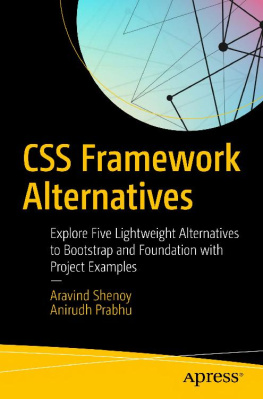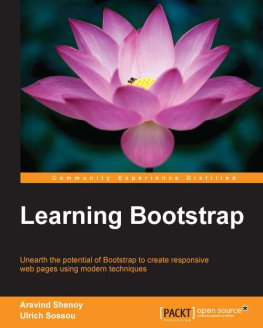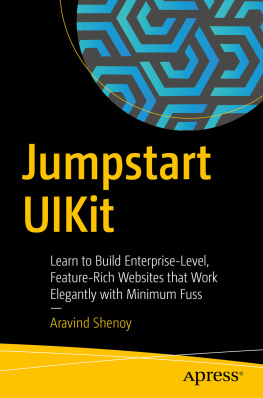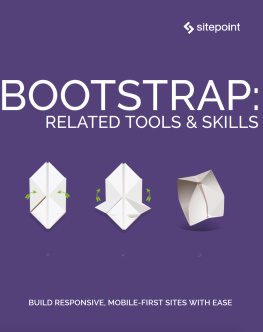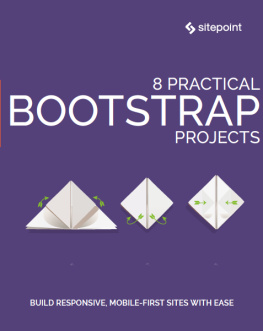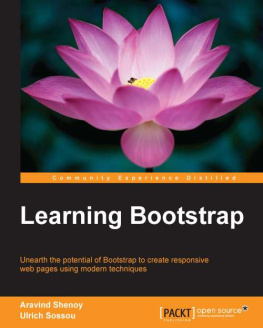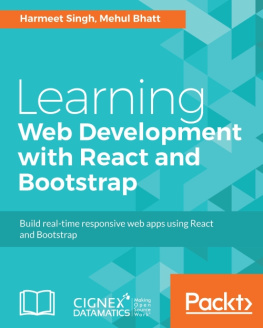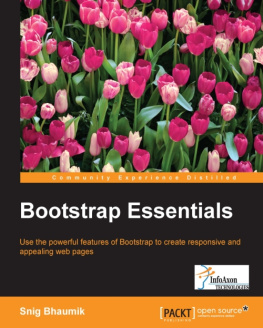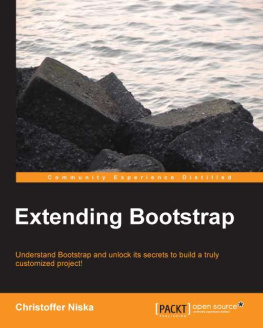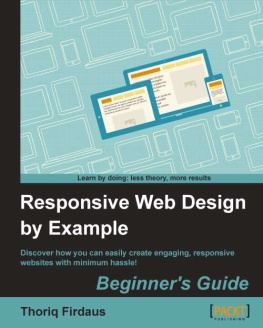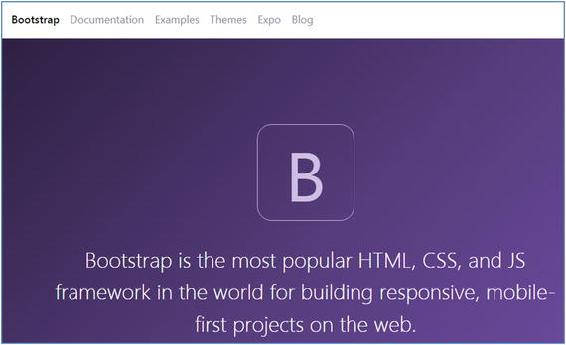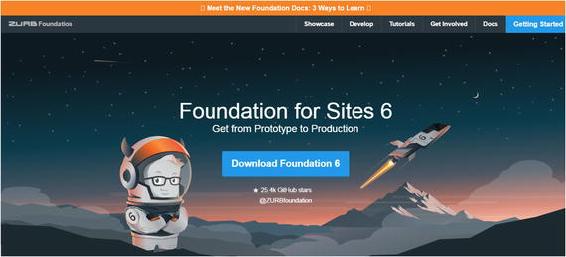1. Choosing Lightweight Frameworks for Intuitive Web Design
When it comes to web design, Bootstrap, Foundation, and Materialize are probably the first frameworks that come to a designers mind, given their massive range of components and attributes. However, when talking about light web projects, you do not usually need a comprehensive framework like Bootstrap or Foundation (again, depending on the complexity of your project). Usually, to build a small web site, lightweight frameworks can do the job effectively and cut down the bulk, or noise, associated with massive frameworks. For example, if your web site merely needs something like a grid or some popular components commonly found in most frameworks, then you should consider a lightweight framework.
Moreover, developing web sites and web applications from scratch is quite a tedious process as it involves writing a sizeable amount of code. Maintaining that code while the web site evolves adds to the complexity. Coding from scratch (as we like to call it) is quite an endeavor, and a framework can help you write a few lines of code and incorporate reusable sets of commonly used code that you can maintain quite easily. Clean coding and upkeep are tasks easily achieved using a framework.
Therefore, to simplify your web designing tasks, using a Cascading Style Sheets (CSS) framework is a good option. As mentioned earlier, there are plenty of frameworks on the Web other than Bootstrap, Foundation, and Materialize. These light frameworks are quite streamlined and remarkable, given their resourcefulness. The adage Good things come in small packages is applicable here.
In this chapter, we explain what frameworks are and introduce the popular Bootstrap, Foundation, and Materialize. Then we will review five lightweight frameworks: Skeleton, Milligram, UIkit, Material Design Lite, and Susy. These frameworks will be used throughout the book to build interactive and immersive web pages. In doing so, youll form a strong basis to select the one that best suits your development needs.
What Are Frameworks?
A framework is a premeditated set of concepts, modules, and standardized criteria that make the task of developing web sites and web applications easier. It provides generic functionality with already written modules and tailored components created in a standard manner. In short, it is a reusable software environment that allows web designers and developers to easily build their projects and solutions with minimal coding and without worrying about the low-level details. This reduces development time and provides easy upkeep and alterations whenever necessary.
Usually, there are two kinds of frameworks .
While back-end frameworks are used by web developers and programmers to build applications on the server-side, front-end frameworks are used by web designers and developers for implementing the Cascading Style Sheets language.
In this book, you will get a glimpse into front-end frameworks, which basically are pre-prepared packages containing the structure of files and folders of Hypertext Markup Language (HTML) and CSS documents (some with JavaScript functions), which help designers and developers build interactive and immersive web sites.
Frameworks allow you to use a common standardized structure that cuts out much of the groundwork of writing code from scratch and helps you reuse components, modules, and libraries, freeing you up to focus on core tasks at a high level.
Components of a CSS Framework
The following are the basic components of a CSS framework:
Grids (structures that help organize the content and design the layout)
Typography elements
Cross-browser compatibility
Helper classes for positioning elements
Utility classes
Navigational elements
Source code written in preprocessors such as Sass and LESS
Media elements (badges, tooltips, comments, and so on)
Advantages of Using a CSS Framework
Though some people have advocated not using CSS frameworks, mainly because of issues such as bloated structure, ingrained HTML markup, and a common aesthetic across framework-based web sites, using a CSS framework has several benefits. You should try using a CSS framework for the following reasons:
Clean and consistent coding
Cross-browser compatibility
Grid-based design
The ability to incorporate healthy coding practices
Easy-to-build prototypes
Easy maintenance and upkeep
Allows reuse and clean homogenous code structure
Easy expandability and modifications
Solid documentation
Common ground for building immersive web sites
Accessibility
A budding developer can find it difficult to build web sites just based on pure HTML, CSS, and JavaScript. In addition, grid-based layouts help budding designers to position, structure, and design the layout quite easily. You do not have to reinvent the wheel, meaning you can get some hands-on experience without the intricacies and dilemmas that you will come across when you code from scratch. Good and clean coding practices are imperative when you grow as a web designer, and frameworks are all about awesome cohesiveness and consistent coding that will hold you in good stead in times to come.
Various Popular Frameworks
In this section, you will look at the most popular frameworks used by web designers across the globe. The most popular frameworks for designing web sites are Bootstrap, Foundation, and Materialize. Which one a developer chooses depends on the needs and requirements of a web site and its design. However, just because a framework is popular doesnt mean it fits the bill when it comes to designing your projects. You need to consider several issues when it comes to selecting a framework; well talk more about that later. Lets now take a look at the various superlative frameworks that are in vogue today.
Bootstrap
Bootstrap is the most popular mobile-first framework in web design; its used extensively by developers across the globe (Figure .
Bootstrap adopts a mobile-first paradigm by which you can build responsive web sites. It comes with components, modules, JavaScript functions, and media queries that help developers build immersive web sites with ease.
Foundation
Foundation was the earliest responsive framework and is as massive and advanced as Bootstrap for building web products and services (Figure .

